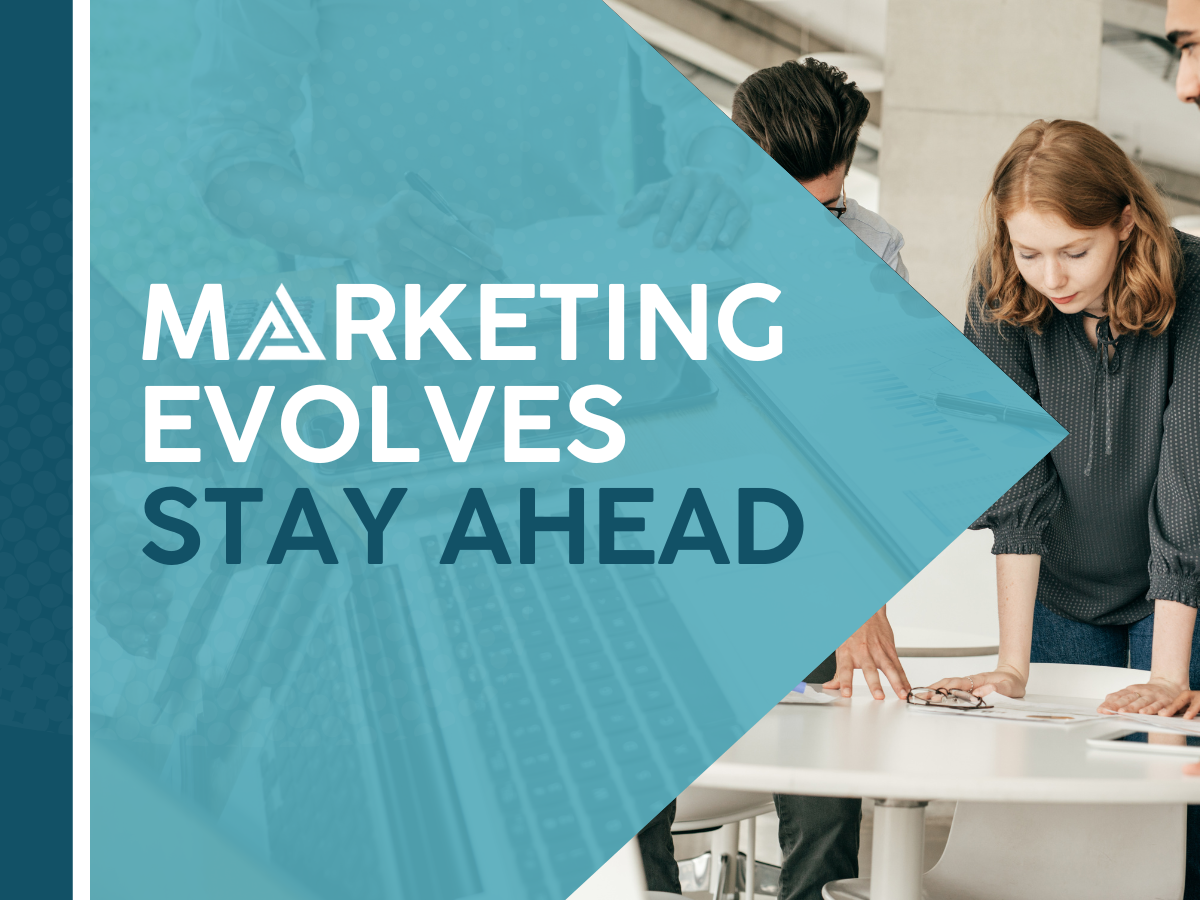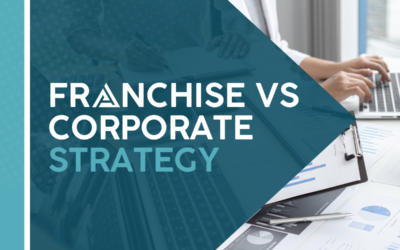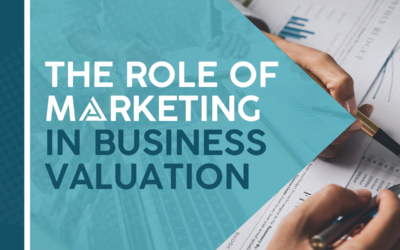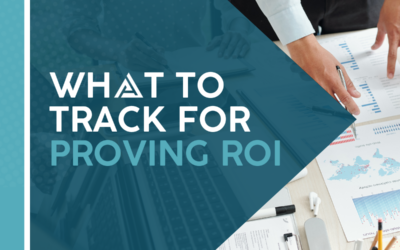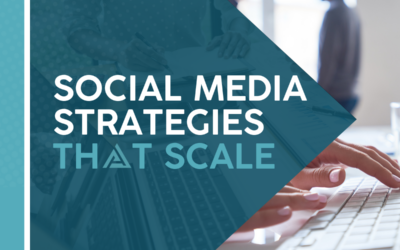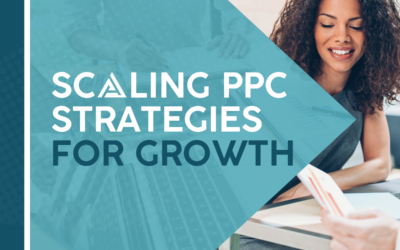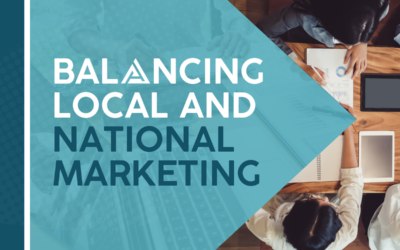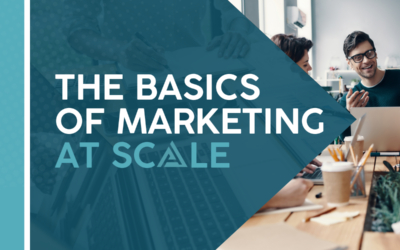Marketing for multi-location businesses isn’t what it used to be, and that doesn’t have to be a bad thing. Sure, the tools and strategies that worked a decade ago just can’t keep up anymore with the changes we’re seeing now. New and emerging technologies have become daily norms, and there have been big and unexpected changes in customer expectations. If businesses want to stay visible and thrive today, keeping up just isn’t enough! They have to stay ahead.
In this final article in our series we’re going to take a look at what’s coming next for multi-location marketing. With the rise of AI, personalization, and new privacy laws being shaped in response to these changes, the future is looking like one that will reward finding smarter, faster, and, yes – more ethical ways to reach an audience.
Trends That Will Shape Multi-Location Marketing
Rapid developments in technology are changing the way we look at marketing in general. Combine that with a big shift in consumer expectations and industry standards, and it’s becoming clear that even more change is on the horizon.
From AI-powered tools to the need for personalization and sustainability, these aren’t really just trends anymore – they are becoming things that are needed to be competitive. Let’s explore what’s coming next, and how you can get ahead of it.
1. Artificial Intelligence and Machine Learning
AI is clearly here to stay. From AI overviews being almost constantly featured in Google Search, to AI-powered tech being baked into everything being made today, it’s changing how businesses look at marketing. If it isn’t changing how you look at marketing, it’s time to read up!
- Predictive Analytics: AI can (quite successfully) forecast things like customer behaviors and seasonal trends, and it can even suggest where your next campaign will be the most successful. When you figure out how to truly use predictive analytics, it’s like turning your years of data into a crystal ball. You can feed days, months, or even years of data to predictive analytics systems – you’ll be surprised how on-the-nose some of the insights are. In the hands of an expert, AI is a powerful tool.
- Personalized Experiences: Google Ads and Meta are already using AI to make dynamic ad content that adjusts to people’s individual preferences. Using technology like this gives you more effective ads, but without extra effort.
- Chatbots and Virtual Assistants: AI-powered chatbots can essentially operate the front end of a website these days, all while delivering witty, instant replies to people on your site. They can do things like guide customers to your location pages on your website, and even schedule appointments in real time.
2. Hyper-Personalization
Consumers can spot generic messaging from a mile away. Nowadays, they want to feel like you understand their needs, and have anticipated them – and that’s even more true when you’re targeting diverse markets.
- Localized Offers: Discounts and promos work best when they feel relevant to the community you’re targeting. Consumers easily spot out-of-touch offers and deals.
- Omnichannel Integration: Whether you’re marketing through email, social media, or an in-store experience, personalization matters – no matter where your message is being broadcast.
- Behavior-Based Engagement: Use customer data to send reminders and updates, and set up quick automations like abandoned cart emails, or a special offer for returning customers.
3. Voice Search Optimization
Voice assistants and Smart Home devices are definitely changing the way people search for local businesses. More than ever (I certainly do it!), people go to their phones or smart speakers because of how easy and accurate they’re becoming.
Bottom line: Marketers, SEOs, social media managers – everyone needs to start optimizing for voice.
- Use Conversational Keywords: Focus on the natural-sounding things that people say, rather than type. Things like “best pizza place near me” or “affordable daycares within ten miles of [city].”
- Featured Snippets: Structure your content so it’s more likely to show up in voice-search results, using things like rich schema and structured data.
- Mobile-First Design: Check your site speed! Your website needs to be fast, and load quickly on smartphones, since most voice searches are happening on smartphones.
4. Sustainability and Corporate Social Responsibility (CSR)
Customers today definitely care about what you stand for as a company and brand. If your business isn’t in line with their values, there’s a good chance they’ll go elsewhere.
- Eco-Friendly Practices: Highlight sustainability efforts that you’ve adopted, like recycling waste, or using renewable energy.
- Community Engagement: Show the local communities you serve that you care. People notice. Sponsor local events, or even host a community fundraiser.
- Transparency: Be open about your CSR initiatives; people are very invested in transparency, and they get skittish when businesses are opaque about their practices. Don’t get canceled.
5. Data Privacy and Ethical Marketing
Privacy laws like the GDPR and CCPA are becoming more strict every year. Businesses need clear data protection and privacy banners on their sites, or they risk losing the trust of customers who are looking for it…and there are a lot of them! That, and you insulate yourself from any possible legal changes to privacy laws, which can come quickly and without much time for large enterprises to adjust.
- Data Transparency: Clearly communicate how you collect and use customer data, and have links to any privacy or data collections policies clearly in your website footer where people expect to see them.
- Compliance-First Strategies: Don’t wait for regulations to catch up to you. If you adopt the latest ethical data practices before they become laws, you’ll never be in danger of being surprised – and you’ll be doing the right thing.
- Trust-Building Campaigns: Show how committed your business is to protecting customer privacy, and don’t hesitate to use this in your marketing efforts.
As we mentioned, people do care about their online privacy, and they do not appreciate their data being sold – especially without clear notice beforehand. When you’re able to tout the opposite as a benefit of doing business with you – you’re winning over customers.
Strategies for Future-Proofing Your Multi-Location Marketing
Think about the best stock market investors – they don’t wait for the market to change. No, they anticipate shifts, position themselves early, and when everyone else catches on they’re already well-placed to realize excellent returns. The same type of thinking applies to multi-location marketing strategies. Businesses that can remain flexible enough to figure out how to embrace – or even create – new opportunities before they become standards in their industry will be the ones that end up dominating their markets.
So, what does that look like in practice?
Innovation as a Growth Engine
There are a lot, and I mean a lot of new technologies out there. Some of these tools are changing the marketing landscape, but not all of them are worth the investment. The tough part is figuring out which of these innovations will bring actual value to your business. AI-powered platforms can improve your targeting and ROAS, with the right data. Augmented reality (AR) and virtual reality (VR) are new and exciting ways to engage customers, if there’s a value in this for your business – think “try-before-you-buy” experiences. How about smart devices, like digital kiosks and mobile checkouts? In busy checkout environments, tech like this is making in-person interactions smoother and feel more personalized.
Agility is an Advantage
The businesses that win in a changing market are the ones that move quickly and don’t lose focus. Don’t roll out massive campaigns and just hope for the best! Test first. Pilot programs in a few select locations let you figure out just the right messaging and targeting, before you dump the rest of your budget into a big campaign. And when trends change, and they will, using dynamic ad templates will let you adjust your messaging right away, so you’re never missing a beat.
Another truly invaluable piece of info? Listening. Use social listening tools. Why? They can help you realize early signs of market changes, and you’ll stay one step ahead of competitors.
Scaling Without the Growing Pains
Growth shouldn’t mean chaos. As your business expands, marketing processes need to be built for scale – without adding unnecessary complexity. Having a centralized CRM, tracking, and marketing software suite makes coordination between teams much easier, no matter how large the business grows.
But the smartest growth decisions come from data. Find your best performers, and figure out why it’s working so well. Analyze, adapt, and replicate.
Customer Experience: The Real Difference
People are picky – and technology and strategy are only as good as the experiences they create. Customers expect seamless interactions at every touchpoint – whether they’re discovering your business online or visiting a physical store or location.
An omnichannel approach to marketing is one of the best ways to keep consistency up. If a customer searches for and finds your services on their phone, then calls a local branch, the transition should feel natural. AI-powered chat support, for example, can help with quick questions, but real human interactions still matter – especially for complex or high-ticket purchases.
And don’t just listen to customers – show them you’re listening. Feedback is a goldmine for continuous improvement. Whether it’s reviews, surveys, or social media comments, taking action on customer reviews builds long-term trust and loyalty.
Does This Matter for Multi-Location Businesses?
Yes! But why? Simply put – because the stakes are high. Big misses in marketing efforts cost far more than single location errors. Missing a popular new method of acquiring customers that ends up sticking, and being months or years behind the curve – that’s a business killer. So yes – adoption of new strategies and marketing methods, as well as keeping a finger on the pulse of your industry and the broader marketing world – it matters quite a bit. Here’s where it matters the most:
- Portfolio Growth: New tools and strategies can unlock new revenue streams. Expanding into untapped markets is one of the tenets of business expansion.
- Stronger ROI: When you can scale it, and track it, and adjust from small setbacks without jeopardizing the larger marketing efforts, you can expect better ROI.
- Customer Trust: Personalization that feels genuine, along with sustainability practices and transparency, all build term loyalty and trust. This is how you get brand advocates, who will be one of your best word-of-mouth marketing methods.
The future of multi-location marketing is certainly full of challenges, but as marketers we’re used to that – we thrive in it, right? It’s loaded with opportunities for businesses to capture, to be one of the first to unlock that really great acquisition strategy, or finally break into a market that had been a long-term goal. Success has always come to people who were curious and experimented with new tools and strategies, and remain focused on their customers.
It could be AI, or hyper-personalization, or sustainability, or something we haven’t imagined it up yet. And these trends that we’re seeing in tomorrow’s marketing world – these are changes for us to lead. With the right mindset and tools to get the work done, multi-location businesses can build out marketing systems that set them up to thrive for years to come.
The future is here. Let’s start building what’s next.


